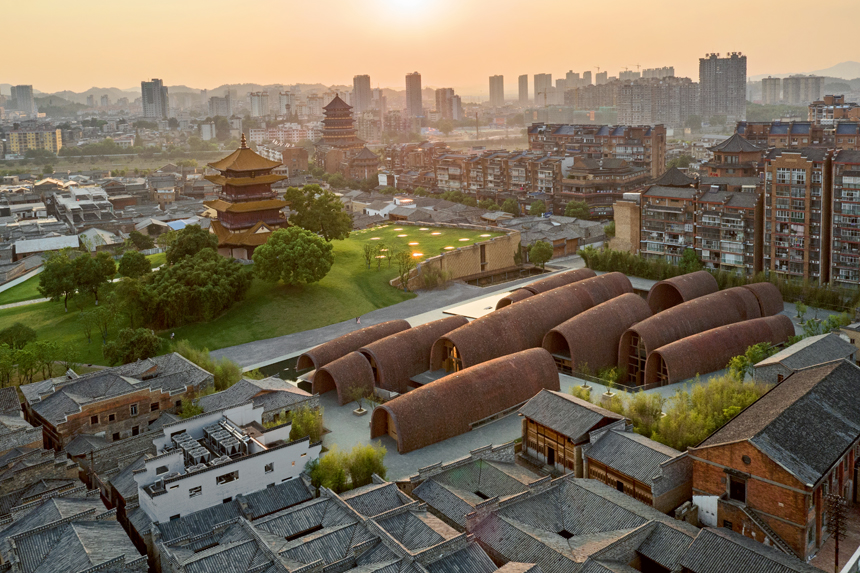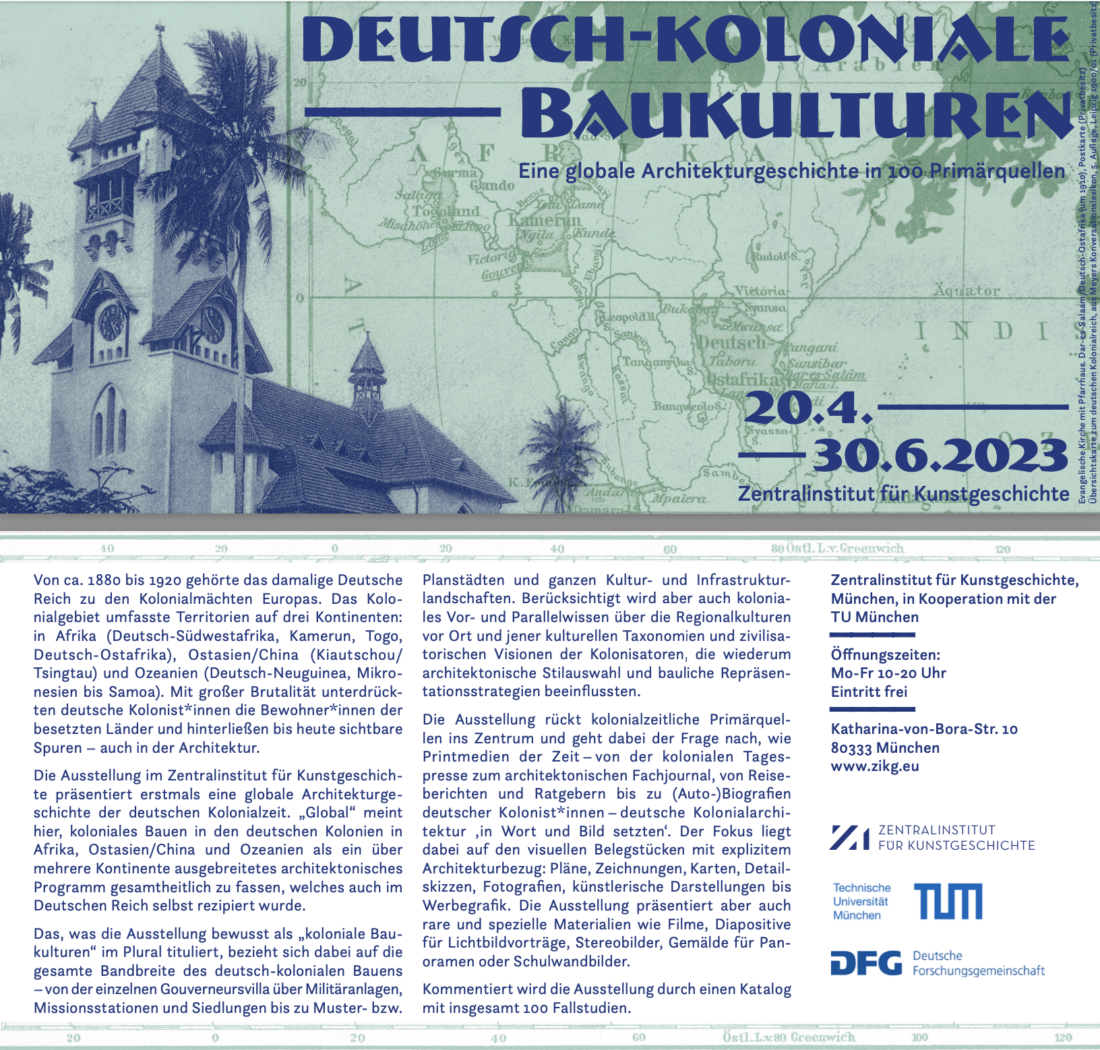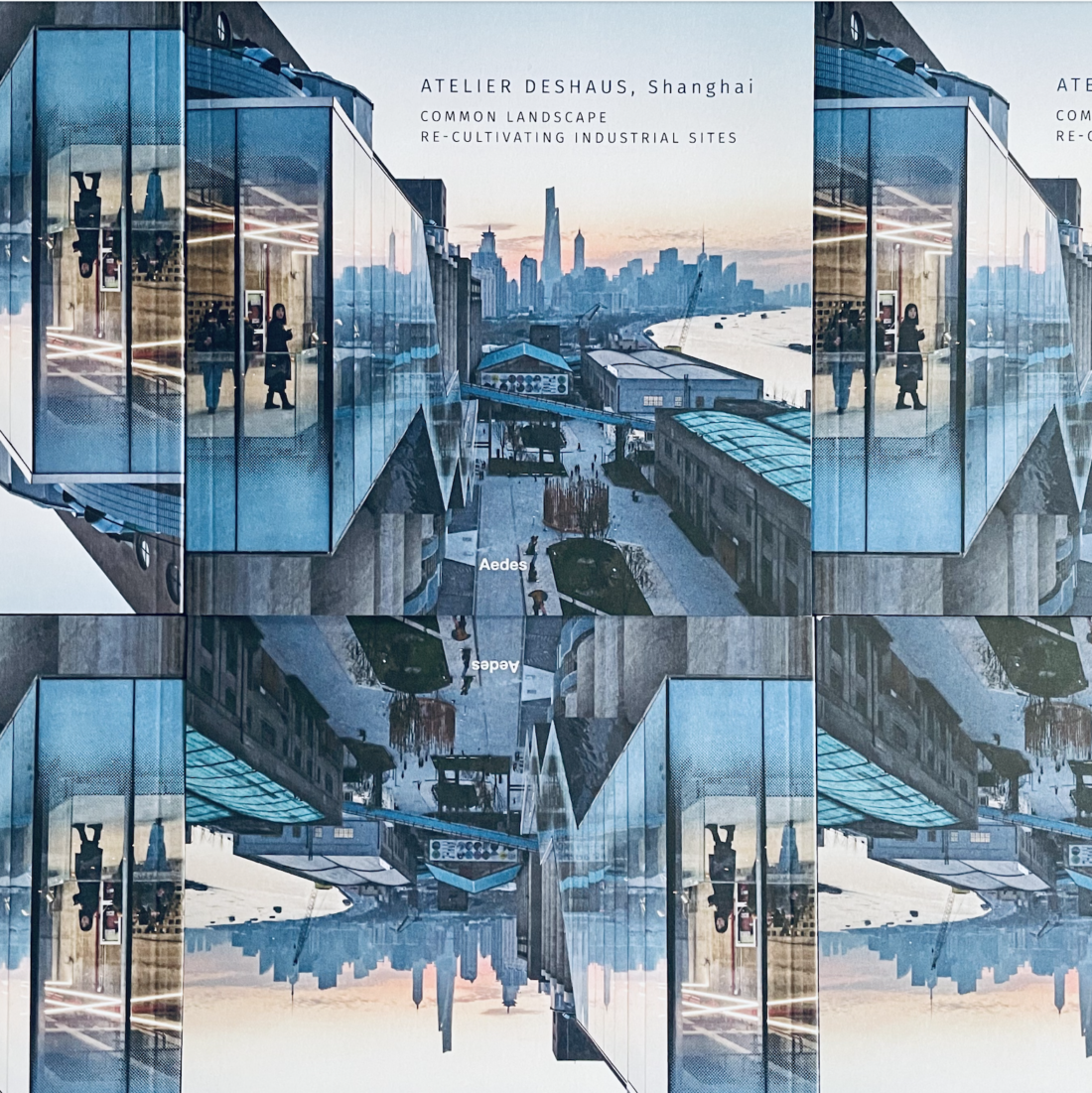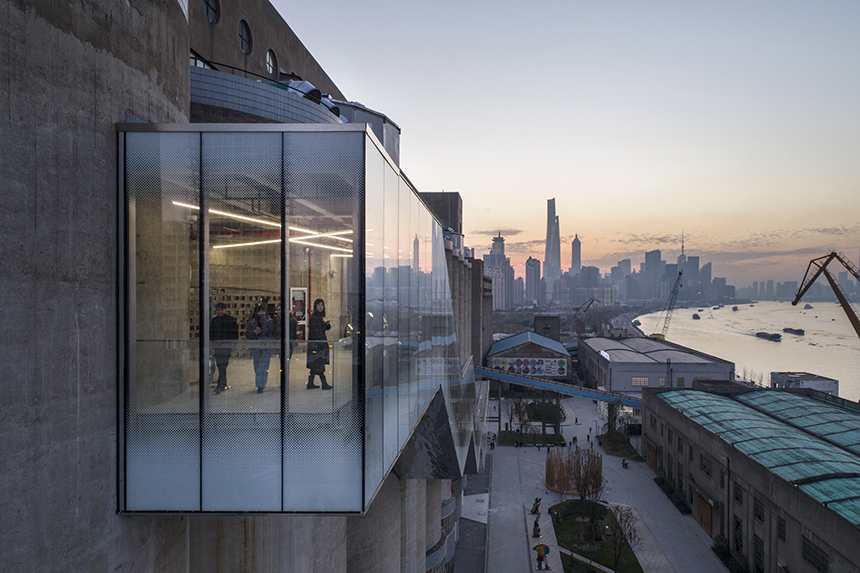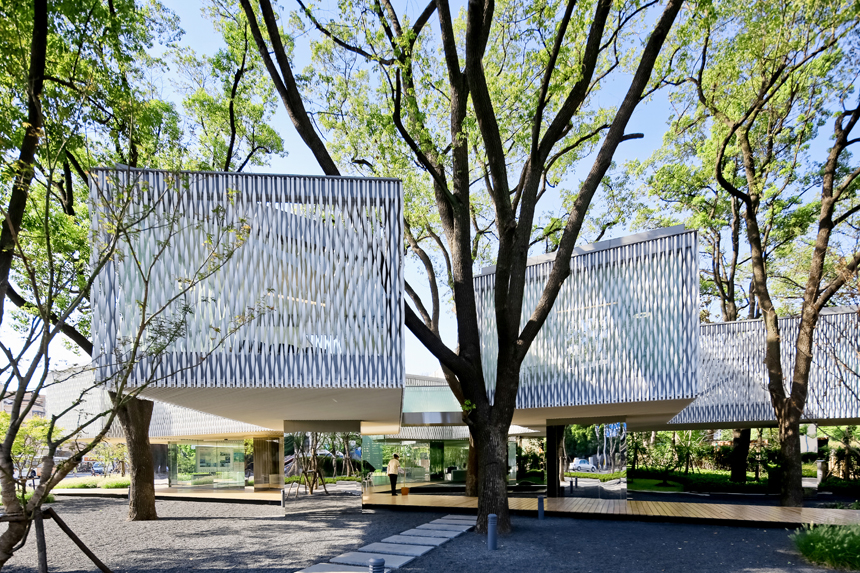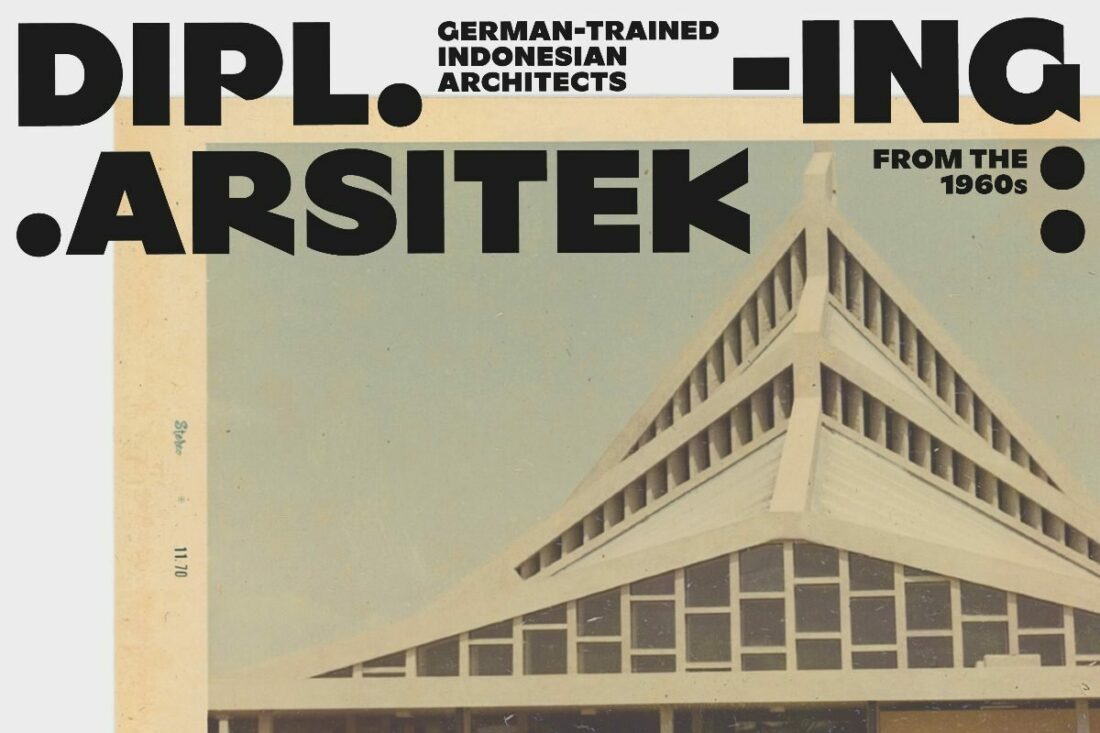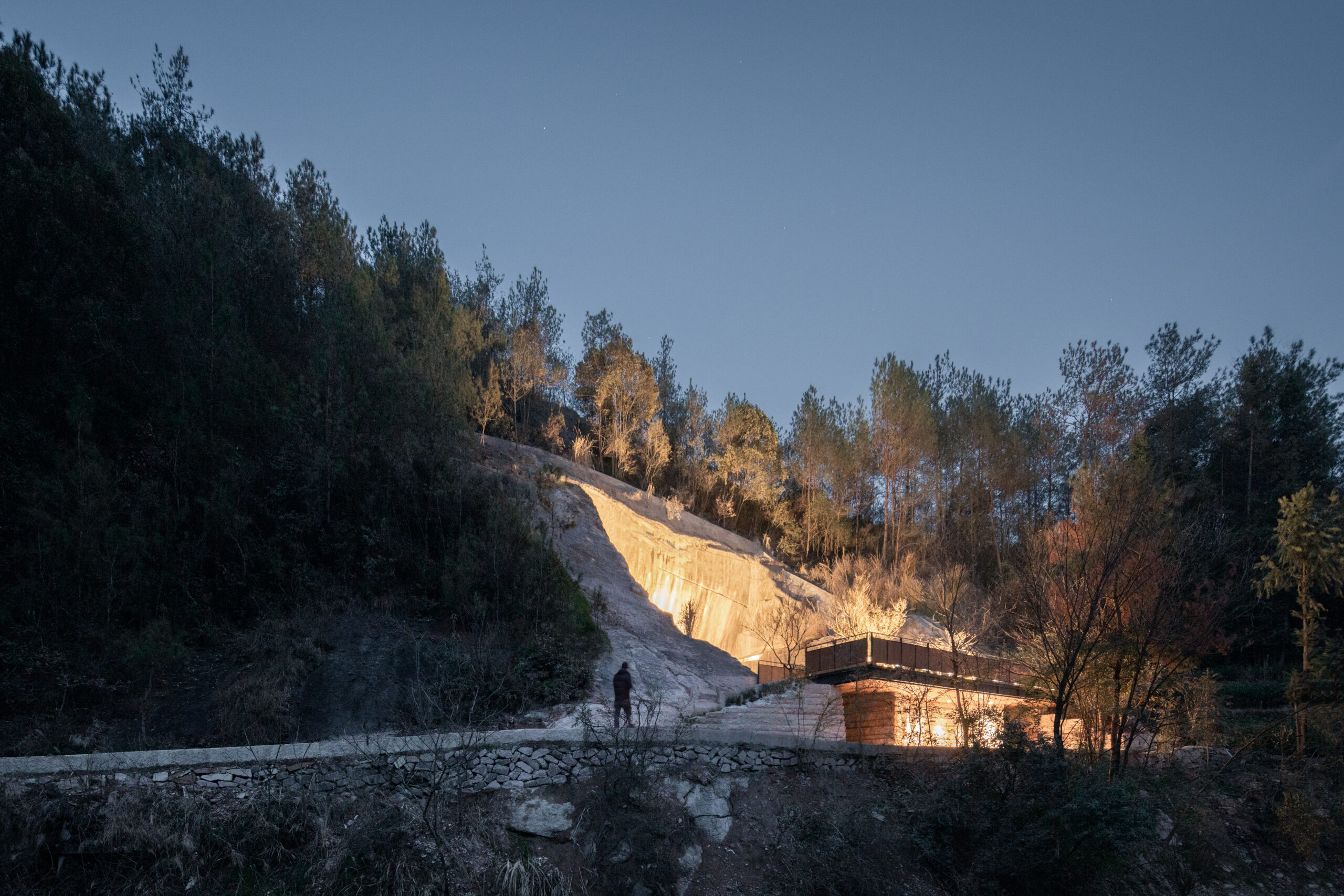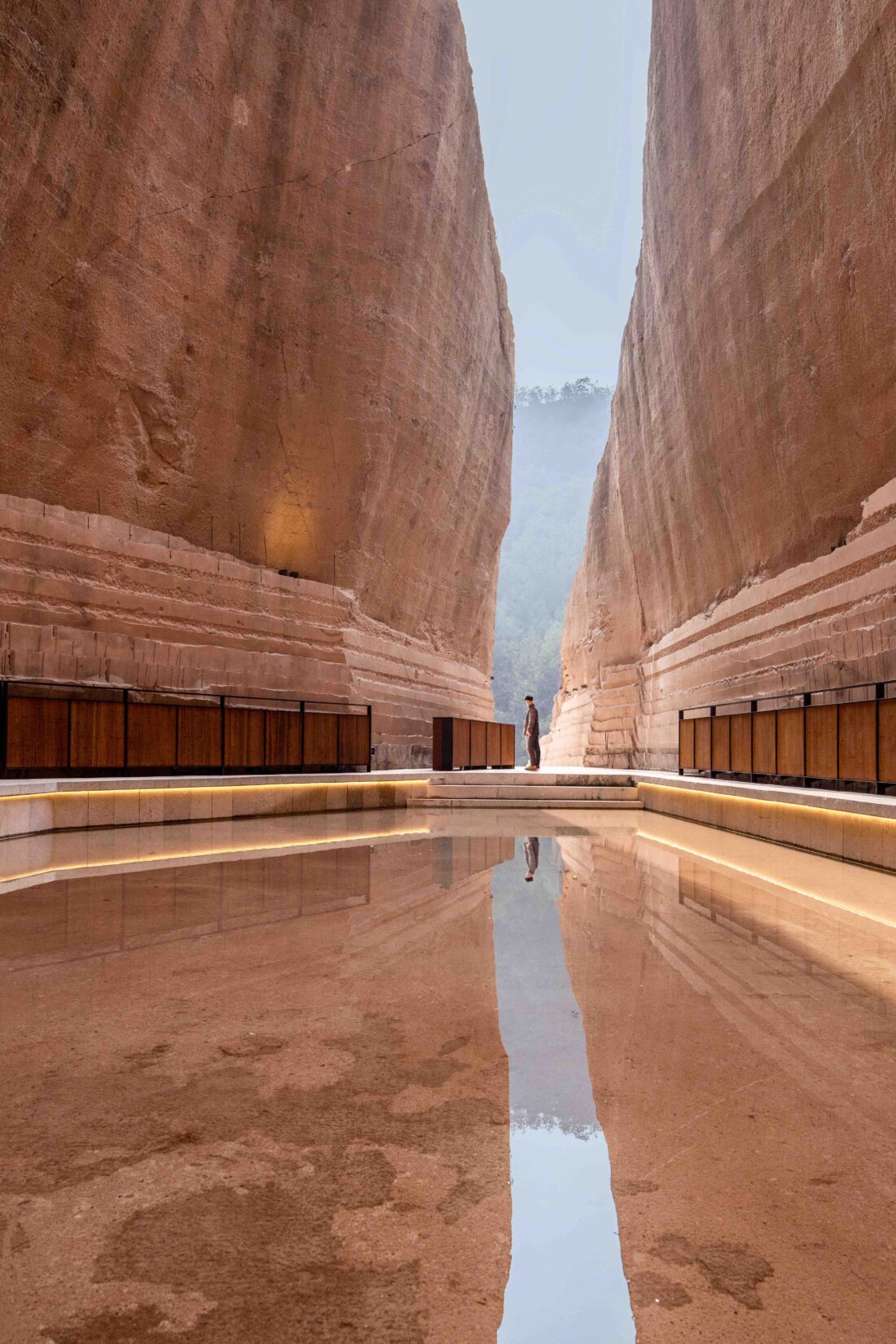Mangunwijaya
learning from mangunwijaya
3 May 2024 to 31 December 2024
Learning from Mangunwijaya focuses on the architectural heritage of Yusuf Bilyarta Mangunwijaya (1929–1999), an Indonesian Catholic priest, writer, political activist, and architect. Mangunwijaya’s architectural legacy was shaped significantly by his studies in Aachen, Germany.
This project examines the enduring impact of his ideas on current generations of Indonesian architects and their relevance to contemporary developments in the region. Through a student workshop, exhibition, documentary, and symposium, Learning from Mangunwijaya aims to contextualize his work in the present day and foster broad local, regional, and international engagement.
Initiators:
Sally Below, Moritz Henning, Eduard Kögel
Curatorial team:
Avianti Armand, Putu Ayu Pramanasari Agustiananda, Sally Below, Moritz Henning, Eduard Kögel, Setiadi Sopandi, Nensi Golda Yuli
Poetic Imaginations
Studio Zhu Pei, Beijing at Aedes Architecture Forum
POETIC IMAGINATIONS
Interweaving Architecture With Traditional Values
Exhibition 17 February – 27 March 2024
Opening Friday, 16 February 2024, 6.30pm
Speaking
Dr. h.c. Kristin Feireiss Aedes, Berlin
Dr. Eduard Kögel Urban Planner and Curator, Berlin
Martino Stierli Chief Curator for Architecture and Design, Museum of Modern Art, New York
Zhu Pei Studio Zhu Pei, Beijing
Venue: Aedes Architecture Forum . Christinenstr. 18–19 . 10119 Berlin
Exhibition Talk: A public debate will be held as part of the opening of the exhibition:
16 February 2024, 5pm
Poetic Imaginations
Venue: ANCB Aedes Metropolitan Laboratory
Welcome
Hans-Jürgen Commerell Director ANCB Aedes Metropolitan Laboratory, Berlin
Introduction: Eduard Kögel Urban Planner and Curator, Berlin
Lecture: Zhu Pei Studio Zhu Pei, Beijing
Talk: Zhu Pei Studio Zhu Pei, Beijing / Martino Stierli Chief Curator for Architecture and Design, Museum of Modern Art, New York
Deutsch-Koloniale Baukulturen
„Deutsch-koloniale Baukulturen„
AUSSTELLUNG // DEUTSCH-KOLONIALE BAUKULTUREN. EINE GLOBALE ARCHITEKTURGESCHICHTE IN 100 PRIMÄRQUELLEN
am Zentralinstitut für Kunstgeschichte München
20. April bis 30. Juni 2023
Kommentiert wird die Ausstellung durch einen Katalog mit insgesamt 100 Fallstudien. Die Ausstellung wurde konzipiert von PD Dr.-Ing. Mag Michael Falser (DFG-Heisenberg-Fellow am Institut für die Geschichte und Theorie von Architektur, Kunst und Design, TU München).
Darin Eduard Kögel:
- Zwischen Feng Shui und Chinoiserie? Die Zwischenbahnhöfe der Schantungbahn von Heinrich Hildebrand (1904)
- Zum Ende der deutschen Kolonialzeit in China. Ernst Boerschmanns Ausstellung Chinesische Architektur im Berliner Kunstgewerbemuseum (1912)
-
Teilabbruch, Umbau, Weiterbau. Die „Zivilisierung“ des Qianmen-Tores in Peking durch Curt und Gertrud Rothkegel (1914/15)
Atelier Deshaus Aedes
Catalogue
COMMON LANDSCAPE
Re-Cultivating Industrial Sites
Atelier Deshaus, Shanghai
COMMON LANDSCAPE
COMMON LANDSCAPE
Re-Cultivating Industrial Sites
Atelier Deshaus, Shanghai
Exhibition
1 April – 17 May 2023
Opening
Friday, 31 March 2023, 6.30pm
Speaking at the opening
Hans-Jürgen Commerell Aedes, Berlin
Dr. Eduard Kögel Researcher and Curator, Berlin
Liu Yichun Architect and Founder, Atelier Deshaus, Shanghai
Venue
Aedes Architecture Forum
Christinenstr. 18-19
10119 Berlin
Scenic Architecture
TRANSLATED TRADITIONS – PUBLIC COURTYARDS AND URBAN PLATFORMS
Scenic Architecture Office, Shanghai
Exhibition 10 December 2022 – 25 January 2023
Opening 9 December 2022, 6.30pm
Welcome
Dr. h.c. Kristin Feireiss Aedes, Berlin
Dr. Eduard Kögel Researcher and Curator, Berlin
Li Xiangning Professor and Dean, Tongji University, College of Architecture and Urban Planning, Shanghai
Zhu Xiaofeng Architect and Founder, Scenic Architecture Office, Shanghai
Venue Aedes Architecture Forum / Christinenstr. 18-19 / 10119 Berlin
dipl.-ing. arsitek (exhibition)
dipl.-ing. arsitek: german-trained indonesian architects from the 1960s
An exhibition in Jakarta, two symposia in December 2022, and a catalogue will shed light for the first time on a little-known chapter of German-Indonesian architectural, educational, and social history.
Dipl.-Ing. Arsitek: German-trained Indonesian Architects from the 1960s combines a look at Indonesian-born architects who graduated as Diplom-Ingenieur (Dipl.-Ing.) in Germany in the 1960s with issues surrounding their architectural heritage and contemporary urban challenges.
From 12 December 2022 to 12 January 2023 at Taman Ismail Marzuki in Jakarta
Video: Jinyun Quarries
The mountainous landscape of Jinyun County in Zhejiang Province, China, has been shaped by the manual mining of natural stone. For the rugged and hard-to-access region, the Beijing architect Xu Tiantian and her team were asked to develop strategies for new uses for nine of the over 3000 small, abandoned quarries, which now provide a stage for cultural and social activities, and simultaneously strive for ecological improvements and create new economic perspectives for the rural population. The pits, provided with new functions, have become part of a public infrastructure that puts historical aspects extending back over a thousand years as well as the everyday culture heritage in a new context. The exhibition, which reached us from Beijing by the most sustainable means of transport possible, namely by train, communicates the breath-taking sense of space in the stone quarries of Jinyun in a large-scale installation. Spacious, translucent models, photos, plans, and films visualize the complex structure of the spaces carved into the rock.
JINYUN QUARRIES— THE QUARRY AS STAGE
JINYUN QUARRIES— THE QUARRY AS STAGE
From economic exploitation to ecological reuse
XU Tiantian / DnA_Design and Architecture, Beijing
Exhibition 19 March – 5 May 2022
Opening Friday, 18 March 2022
The mountainous landscape of Jinyun County in Zhejiang Province, China, has been shaped by the manual mining of natural stone. For the rugged and hard-to-access region, the Beijing architect Xu Tiantian and her team were asked to develop strategies for new uses for nine of the over 3000 small, abandoned quarries, which now provide a stage for cultural and social activities, and simultaneously strive for ecological improvements and create new economic perspectives for the rural population. The pits, provided with new functions, have become part of a public infrastructure that puts historical aspects extending back over a thousand years as well as the everyday culture heritage in a new context. The exhibition, which reached us from Beijing by the most sustainable means of transport possible, namely by train, communicates the breath-taking sense of space in the stone quarries of Jinyun in a large-scale installation. Spacious, translucent models, photos, plans, and films visualize the complex structure of the spaces carved into the rock.





